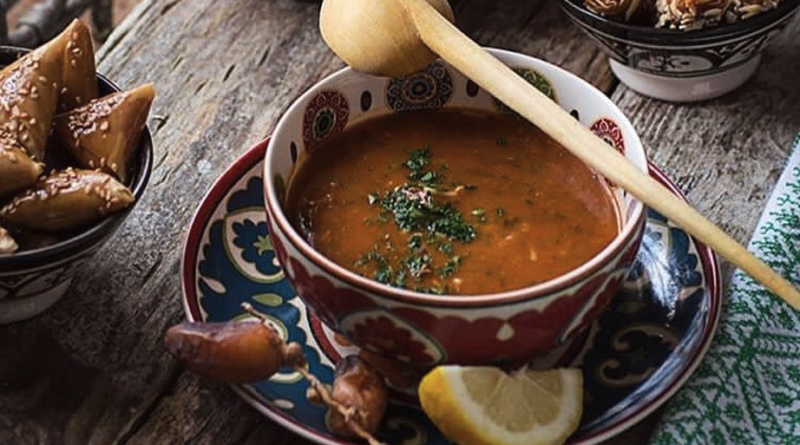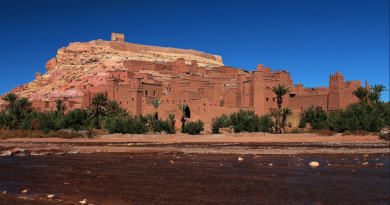The Soup on every table during Ramadan
During the month of Ramadan, one food that is likely found on every table across Morocco is a soup. Harira, the beloved Moroccan soup, is a fragrant blend of tomato, lentils, and chickpeas that is a must-try dish for those visiting or living in Morocco. It’s a popular choice in Moroccan households and restaurants, and it can even be found as street food.
The soup gets its name from the Arabic word for silk, which refers to the texture of the soup after it’s thickened with either eggs or a tedouira made from flour and water. The tedouira, which is sometimes fermented with yeast for a day or two, is the thickening agent.
Although harira is made all year round, it’s famously associated with Ramadan, where it’s often served with other traditional foods like chebakia to break the fast. For many Moroccans, a meal during Ramadan is incomplete without harira on the table.
The recipe for harira can vary significantly from family to family, with beef, lamb, or chicken typically used to flavor the stock. However, it can be made vegetarian by omitting the meat.
Some prefer their harira light and mildly seasoned, while others like it thick and zesty, resembling a hearty meal in a bowl. Personally, I prefer the latter, influenced by my mother-in-law’s version, which includes fresh herbs such as cilantro, parsley, celery, and onion, as well as fragrant spices like ginger, pepper, and cinnamon. Rice or broken vermicelli is added for texture, and smen, a type of preserved butter, is recommended for added flavor.
The prep work for harira can be extensive, but much of it can be done ahead of time, and the ingredients can be stored in the freezer for easy cooking later on. Making a large batch and portioning it out for freezing before thickening is an excellent option. Dates are a popular accompaniment to harira, and serving it with batbout or krachel makes for a light supper.



